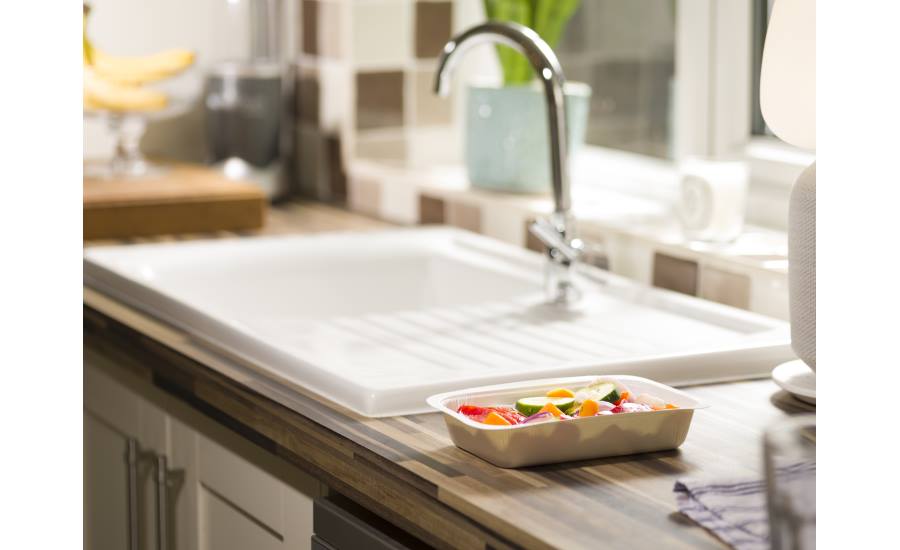Much has been discussed about the inevitable changes in consumer behavior during the coronavirus pandemic and how this has affected the food packaging industry. But with the vaccine rollout well underway and with dates provisionally marked for the removal of lockdown measures, how will food packaging need to adapt to a “return to normality”? This could largely depend on whether consumer habits shaped by lockdown will continue after restrictions are lifted, or if consumers will be desperate to return to a more “open” shopping experience.
Will Consumer Anxiety Persist?
For instance, while many are eagerly awaiting the chance to abandon their masks during their weekly grocery trip, others may feel quite anxious at the prospect of an unrestricted shopping environment. For those keen to return to a pre-COVID consumer mindset, the grocery retail experience could see a number of initiatives rekindled. Unpackaged produce displays reminiscent of open-air markets were arguably becoming increasingly mainstream in their application, as was the utilization of less restrictive and often more environmentally friendly packaging. But what if the consumer mindset has been more permanently adjusted to viewing supermarkets as potentially harmful environments? To reassure such consumers, grocery chains may need to utilize packaging that reinforces a sense of sterilization and cleanliness above all else.
Satisfying Consumer Demand
Adjustments that are in line with surges in demand for certain items that grew in popularity during lockdown may also be needed. For example, Tesco recently reported a noticeable increase in popularity for vegetables that it largely attributed to Brits spending more time creating home-cooked meals under lockdown restrictions. These trends will, again, depend on how much of a legacy effect is created, which may of course fade over time. Will our boosted demand for greens continue to build momentum or will consumers revert to convenient alternatives such as ready meals and takeout?
Unstoppable Sustainability
One key development that looks unstoppable, however, is the move toward an ever-increasing focus on sustainability. Whatever other factors shape consumer habits, food packaging will need to ensure that sustainability remains a central focus in its design and presentation. Tesco recently announced that during 2020 it had successfully removed over one billion pieces of plastic from its UK business alone! In addition, a multitude of household names from across the grocery and foodservice industries have confirmed themselves a being strategic partners for Wrap’s “UK Food Waste Action Week,” including Asda, Co-op, KFC, M&S, Unilever and Waitrose & Partners.
Remaining Agile and Adaptable
Perhaps the unifying factor across all of these potential areas for change is the need for a highly adaptable and agile approach in packaging design. Businesses across the supply chains for grocery and foodservice industries will need to be ready to respond to changing consumer preferences as seamlessly as possible. That’s where Westpak’s expertise and network of trusted partners can help ensure your business remains responsive to rapidly evolving markets.

